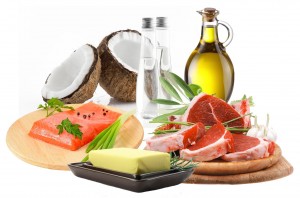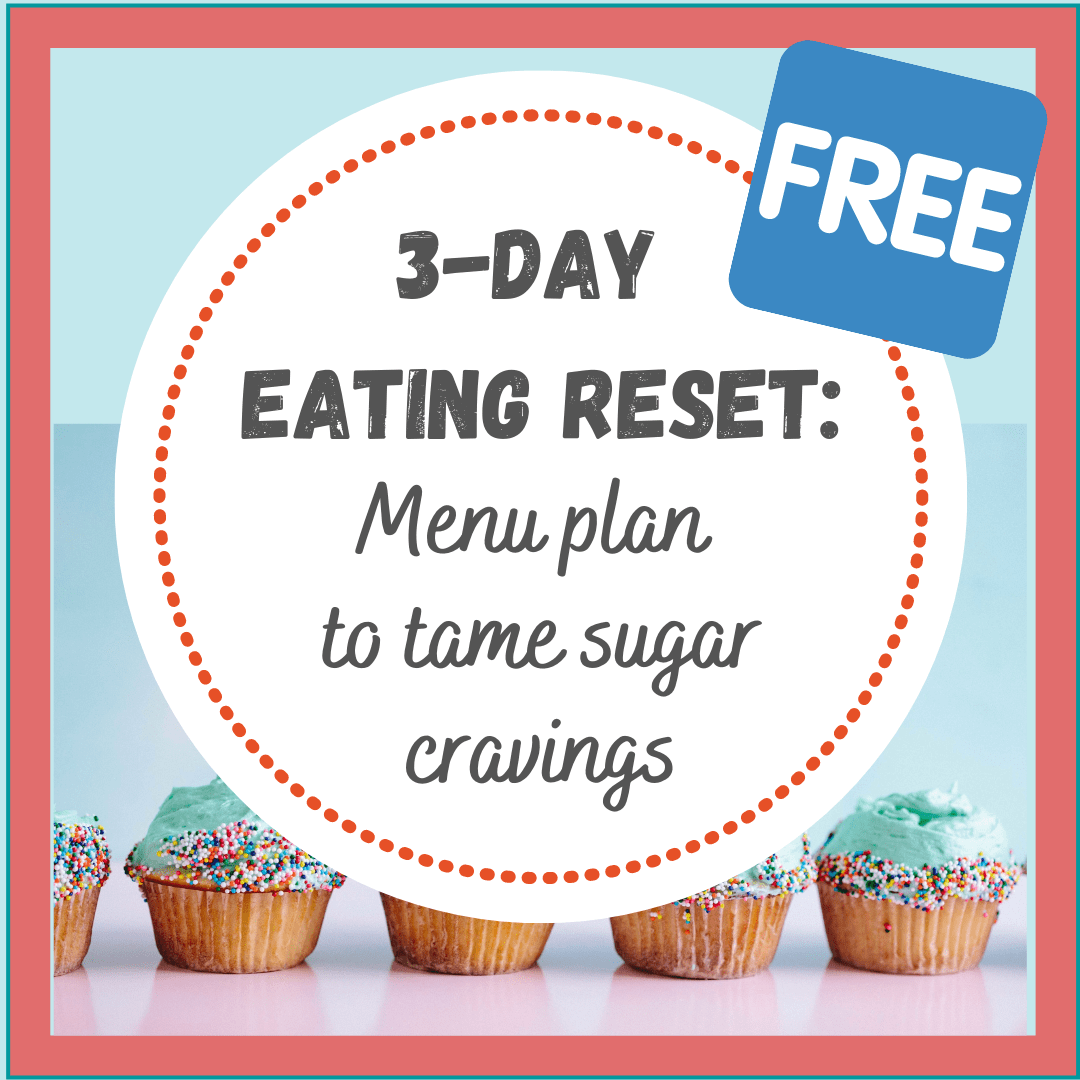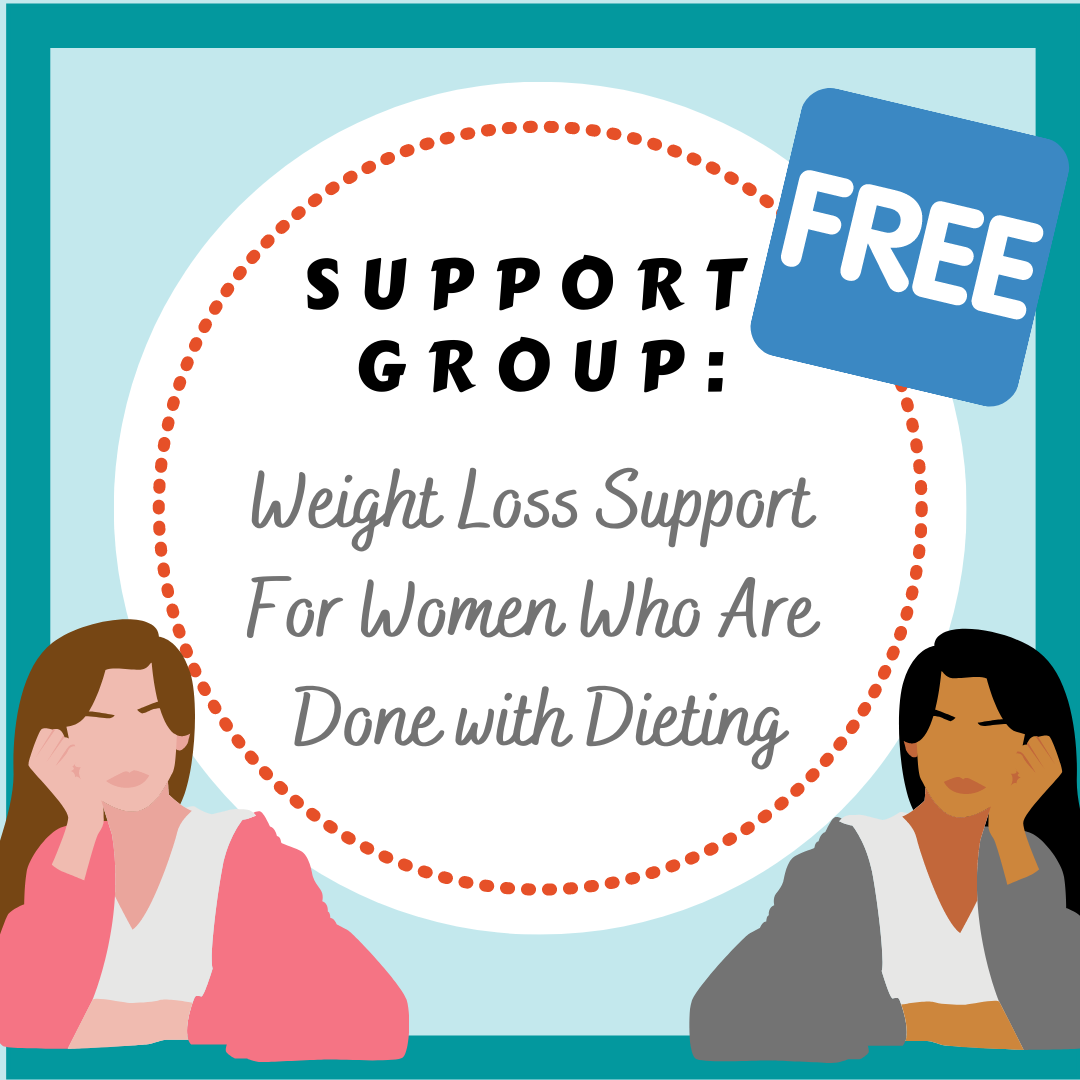 A lot of clients have been asking me this question recently, so it is time to clarify the differences between good fats and bad fats. There are various ways to classify fats which can become very confusing. My classification system is straight forward so it’s easy to implement healthy changes and speed up your metabolism.
A lot of clients have been asking me this question recently, so it is time to clarify the differences between good fats and bad fats. There are various ways to classify fats which can become very confusing. My classification system is straight forward so it’s easy to implement healthy changes and speed up your metabolism.
Good Fat vs. Bad Fat
To the average person who evaluates calories over quality of food, it’s hard to understand that healthy fat will not put on weight. As long as you eat good fats and oils in moderation, they have been shown to stabilize your blood sugar and speed up your metabolism. Even though good and bad fats have the same calorie level per serving, bad fats have been shown to put on weight, slow down your metabolism, cause heart disease and inflammation.
BETSY’S FAVORITE COOKING OILS:
- Organic Coconut Oil: If you are cooking anything at higher temperatures (frying or sautéing), coconut oil is a stable oil because it has a higher smoke point. It contains Medium Chain Fatty Acids which are readily used for energy in the body (not stored as body fat).
- Extra Virgin Olive Oil: I use EVOO for anything other than high temperature cooking.
BAD COOKING OILS:
- Partially Hydrogenated Oils
- Soybean Oil
- Vegetable Oil
FOODS WITH HEALTHY FAT:
- Nuts and Seeds: Studies show that people who eat 1-2 servings of nuts a day are leaner people. A serving of most nuts is approximately ¼ – ½ cup or a small handful. I encourage you to try a variety of nuts and seeds. I like to use hempseeds, ground flaxseeds, and chia seeds in hot cereals, yogurt, smoothies, and baked goods.
- Avocado: By now, most people know that the monounsaturated fat in avocados is good for you. I encourage most of my clients to eat up to 1 full avocado a day.
- Coconut Milk: Coconut milk has similar benefits as coconut oil (listed above). You can buy creamy coconut milk in a can. It’s a great substitute for cream in recipes. I use approximately ¼ cup in my smoothies. You can also buy a lighter version of it in a carton. My family uses So Delicious brand (unsweetened) in our cereal.
- Fatty Fish: It’s recommended that we eat at least 2 servings of fatty fish (salmon, tuna, sardines, mackerel, and trout) a week. They contain healthy Omega-3 fatty acids which have been shown to prevent heart disease, improve skin and hair, improve brain performance, and regulate blood sugar. If you do not eat fatty fish at least twice a week, add a fish oil supplement with at least 750 mg of EPA and DHA taken daily.
- Olives: Olives contain monounsaturated fats in combination with other natural components that decrease body inflammation. When choosing olives, choose varieties that have been traditionally cured (as opposed to lye-processed). Olives at olive bars are usually cured naturally while most canned olives are not as healthy.
- Egg Yolks: Egg yolks contain a lot of dietary cholesterol, but that does not translate into bad blood cholesterol. It has been shown to raise good HDL cholesterol and yolks provide you with lots of essential nutrients, fat soluble vitamins, choline, and antioxidants. A weekly serving of egg yolks is approximately 4-6.
FOODS WITH BAD FAT:
- Fried foods
- Foods made with hydrogenated oils (read ingredients lists for everything), like baked goods, flour tortilla and many processed foods
- Fatty pieces of meat, like ground beef, bacon and chicken with skin
- Whole fat dairy options, like milk, cheese and yogurt
- Margarine (butter in moderation is much better)
- Mayonnaise (use in moderation)
















Leave a Reply